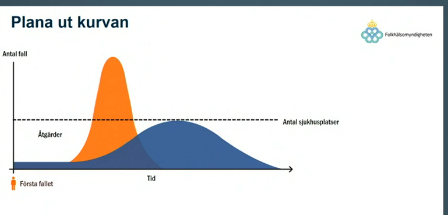
A little perspective for all the "it's just old people" brigade.
I turn 52 in exactly a month. Prior to #longcovid I was the healthiest I've been in my life, and the fittest since I was a teen - and with zero health issues.
I've just checked the Swedish data from my age group -
I turn 52 in exactly a month. Prior to #longcovid I was the healthiest I've been in my life, and the fittest since I was a teen - and with zero health issues.
I've just checked the Swedish data from my age group -
In Sweden, for those aged 50-59 who have tested positive for Sars-CoV-2, 1 in 40 have ended up in ICU and more than 1 in 200 have died.
This includes both men and women -
This includes both men and women -
Men though, have ended up in ICU at more than double the rate of women, despite women having more +ve tests.
This means the odds of a 50-59 year old man who tests positive ending up in ICU are closer to 1 in 30 or even 1 in 20.
This means the odds of a 50-59 year old man who tests positive ending up in ICU are closer to 1 in 30 or even 1 in 20.
This is not the flu. This is not crossing the street. This is not riding a bicycle.
#WearAMask #bytStrategiNu
#WearAMask #bytStrategiNu
• • •
Missing some Tweet in this thread? You can try to
force a refresh







